The original work was painted, probably, at the end of 1660. Charles Le Brun was staying in Fontainebleau, near the king, and Louis XIV “came to see him at unexpected moments when he was holding the brush in his hand », as explained by Claude Nivelon, born around 1630, disciple and first biographer of Charles Le Brun.
The painting represents Darius' mother throwing herself at the feet of the king of Macedonia, her son's victor at the battle of Issus (– 333), in order to beg for clemency for her imprisoned family. Now LOOK CAREFULLY at the scene and discover the origin of one of Alexander's most famous lines:
After his resounding victory against Darius III at the Battle of Issus, who by the way cowardly deserted the battlefield, Alexander took possession of the royal tent of the vanquished. Darius' mother, making a mistake, rushes to the feet of Hephaestion (blue toga), friend and faithful lieutenant of Alexander (red toga). Hephaestion's non-verbal attitude also expresses his surprise and his refusal to be taken for his pygmalion. Moreover, Alexandre does not take offense at this mistake. Turning to Darius' daughter (red shawl, carrying her son Ochus), and stopping Hephaestion with his left arm, he declares this famous reply: "This too is Alexander." Alexander then announces to the women that Darius is not dead, but on the run, spares them and allows them to bury their dead. The scene is inspired by a sequence from Plutarch's Lives of Illustrious Men, a passage from Quinte Curce, but also contemporary plays centered on the Macedonian hero: Claude Boyer in 1648 (Porus ou la Générosité d'Alexandre ), Morel in 1658 (Timoclée ou la Générosité d'Alexandre, tragicomedy), already insisted on the greatness of soul of the conqueror of Darius. Charles le Brun, naturally made several copies of this work and like most painters of the 17th century, some in reverse composition. It is therefore this orientation which was chosen by this painter, follower of Charles le Brun, by producing this oil on canvas just after the exhibition of the original, between 1660 and 1700.
The work is in a very good state of conservation. with its original canvas, characteristic weaving until the middle of the 18th century (thicker threads and irregular weaving).
This one, in linen, indicates rather a French origin. The vast majority of Italian canvases from the 17th century were made of hemp.
Small losses at the top left. Two old repairs.
Very beautiful oil on canvas from the end of the 17th century.
Dimensions outside frame:
129 cm / 97 cm
As with all of my art objects and furniture, I am very careful to be able to offer them to you at a very low expert estimate value.
On request, I manage delivery for you in France as well as internationally.
Shipping methods depend on your location. Contact me to find out the amount and prepare the organization of your delivery.
I ensure that special care is taken for packaging and protection adapted to your purchases.
Not putting all of my Furniture and Art Objects on Proantic, I invite you to follow my Instagram account where you can enjoy all the new products: @monantiquaire
All my Furniture and Art Objects On my Website: https://www.mon-antiquaire.com/
I await your visit,
Géraldine Buisson


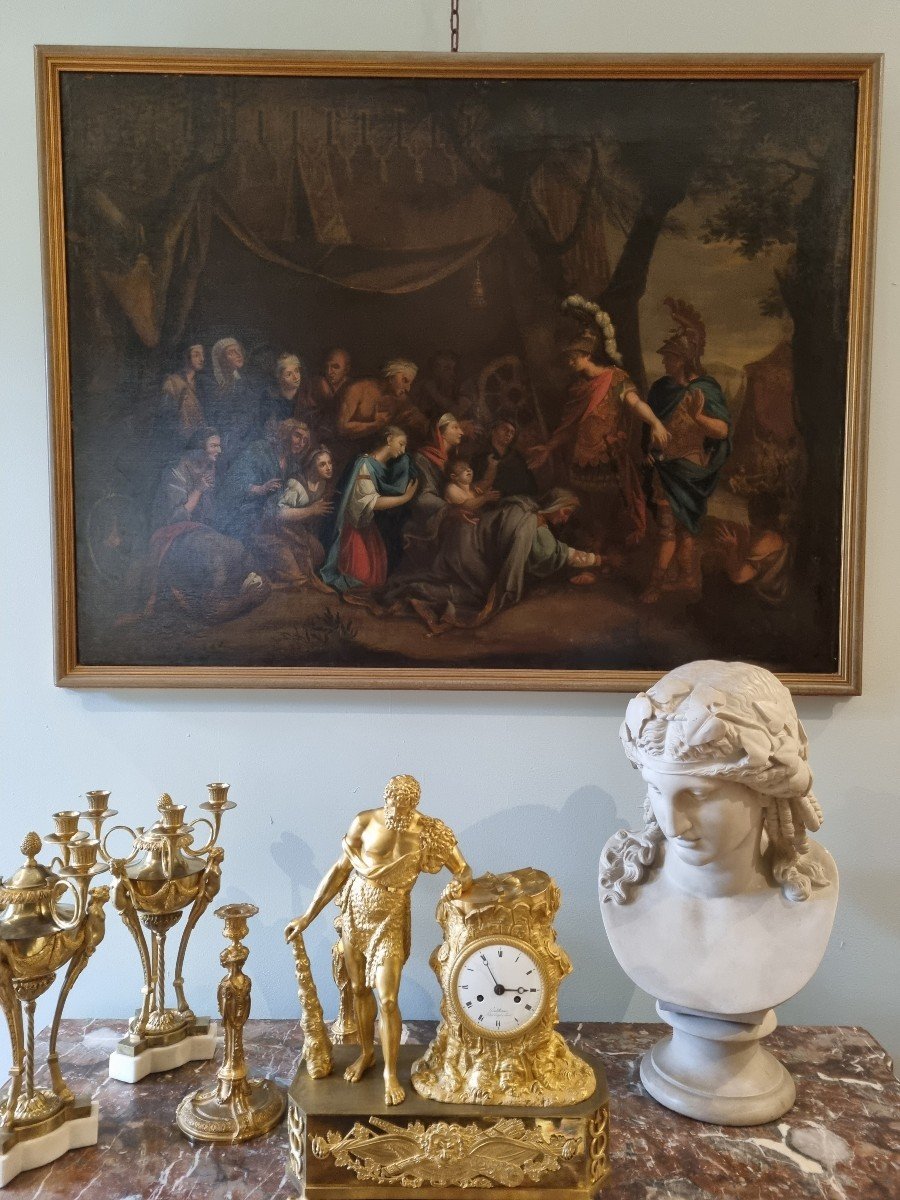
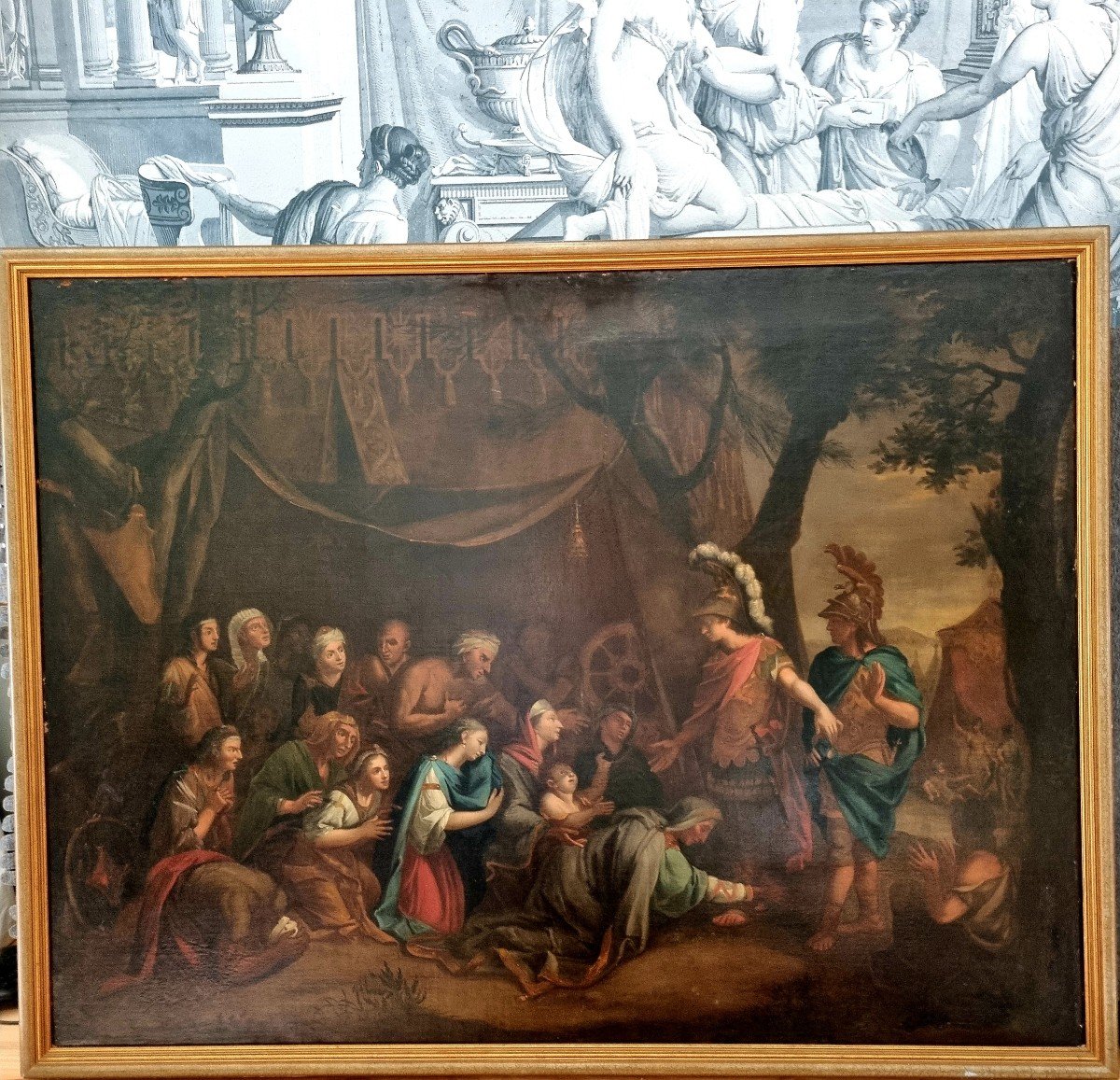
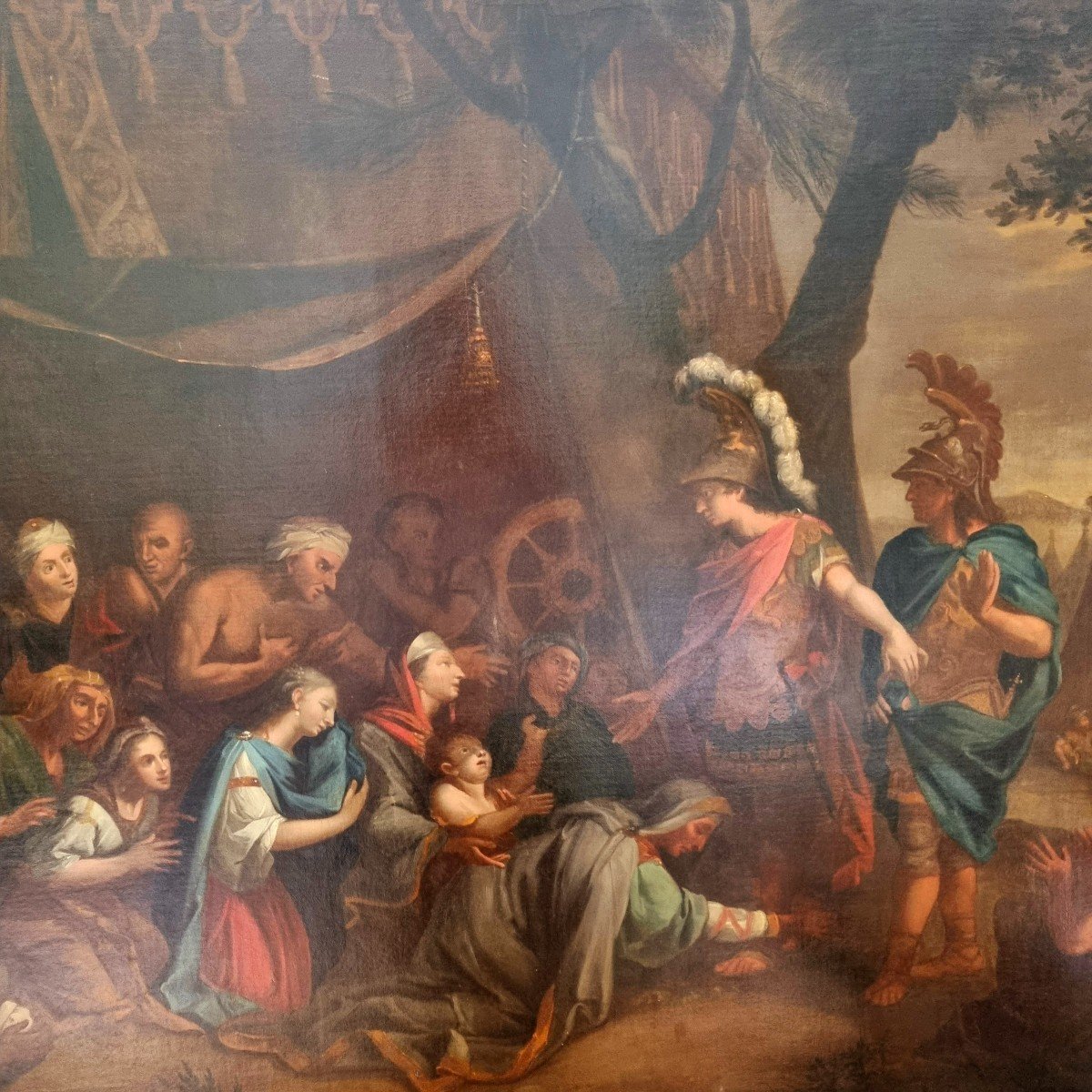
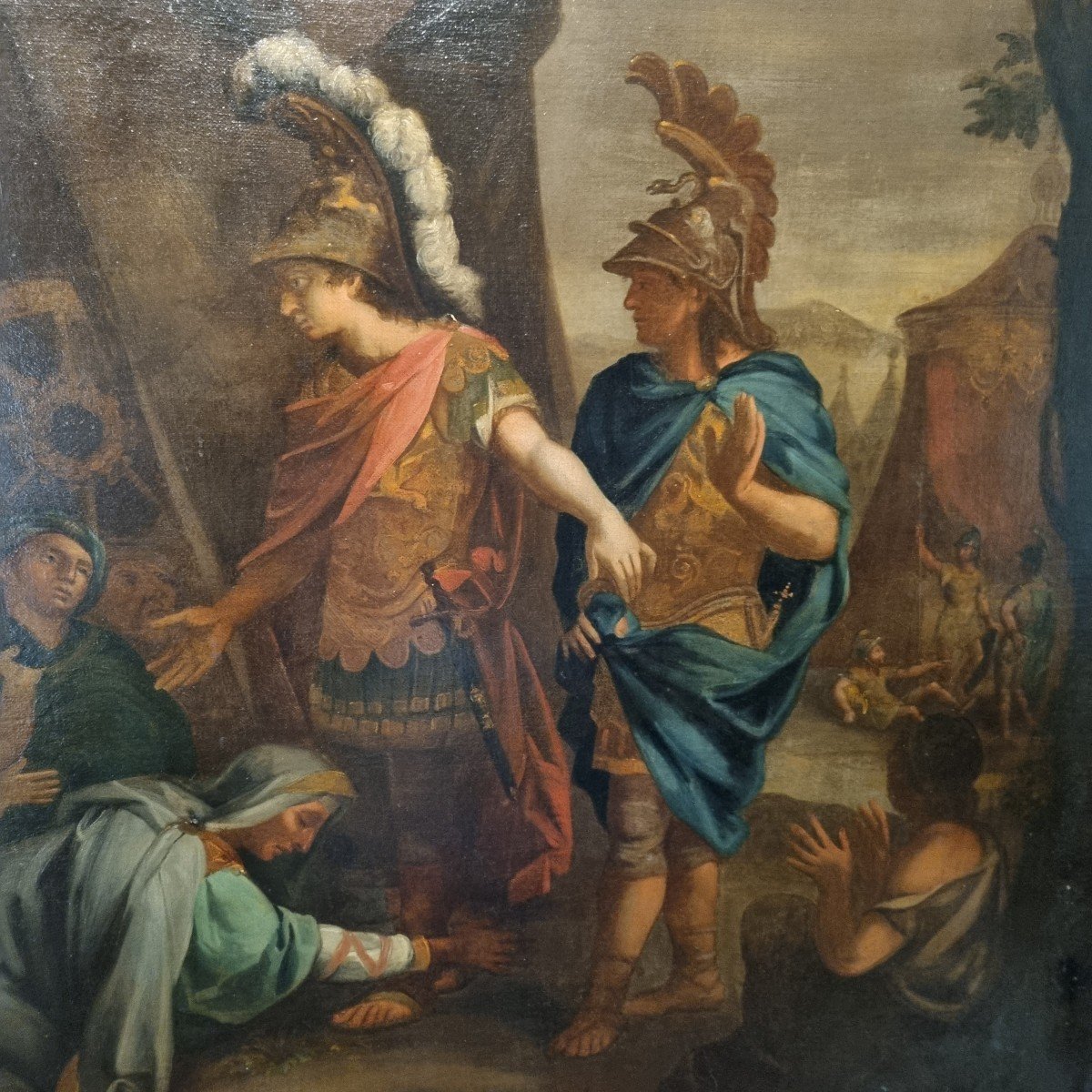
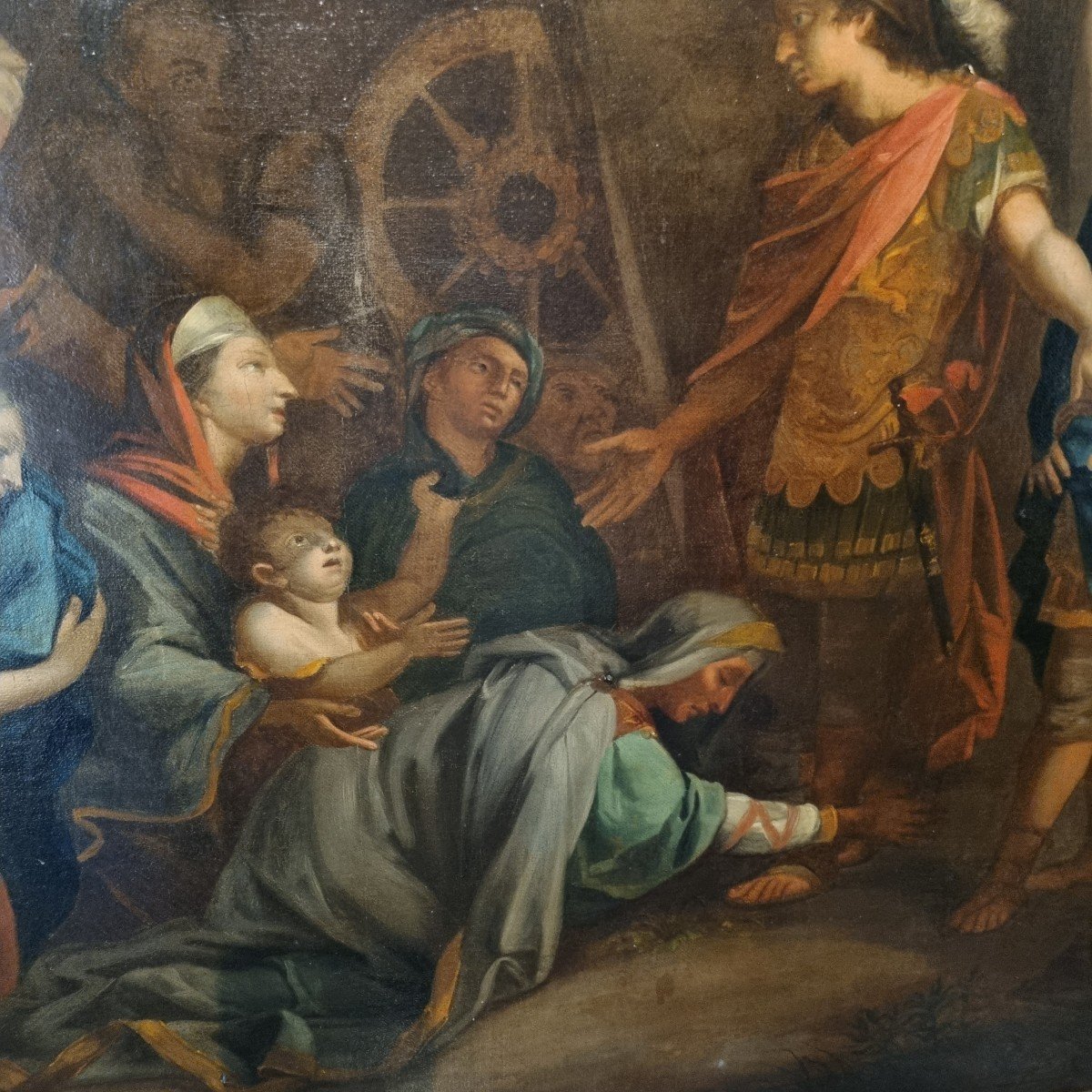
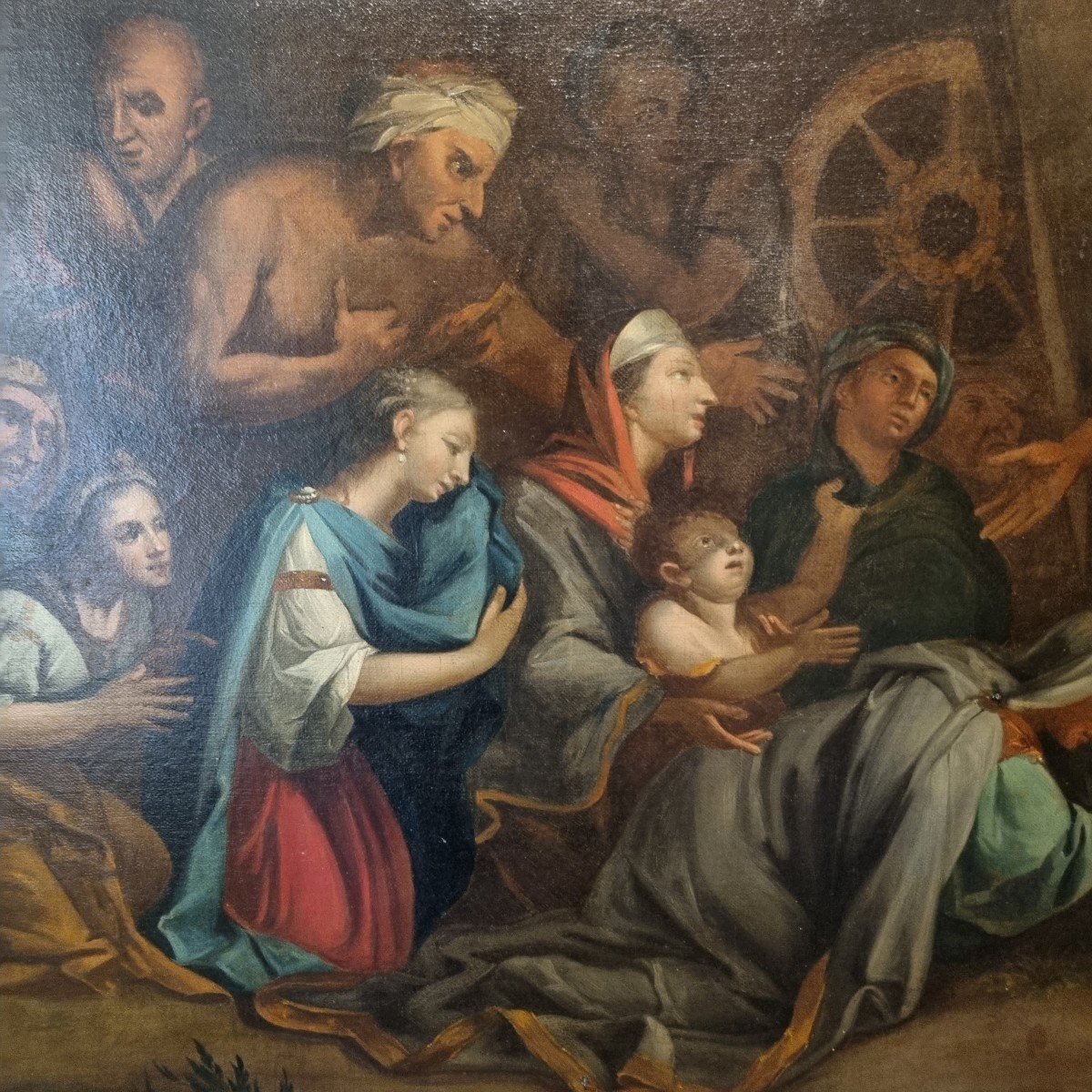
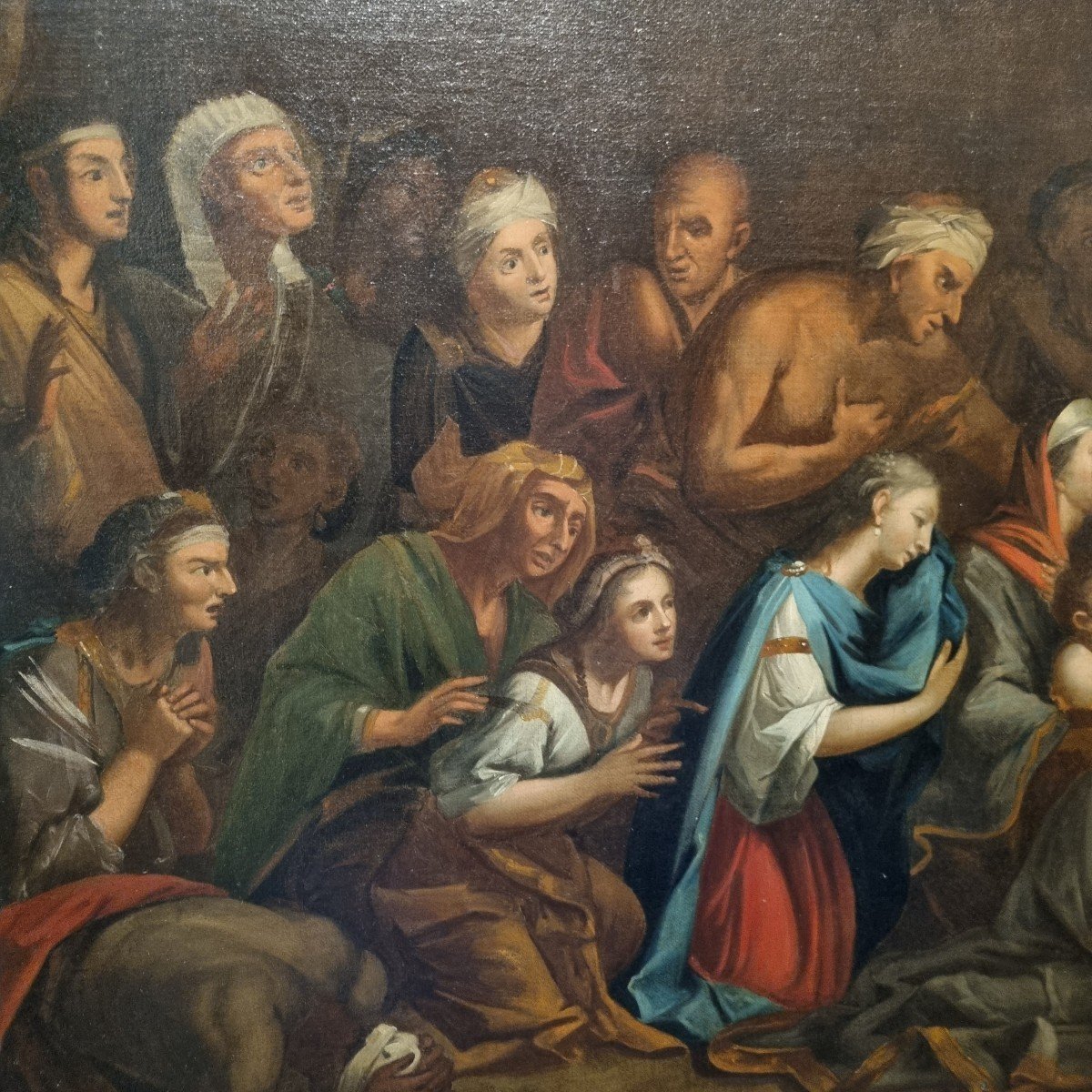
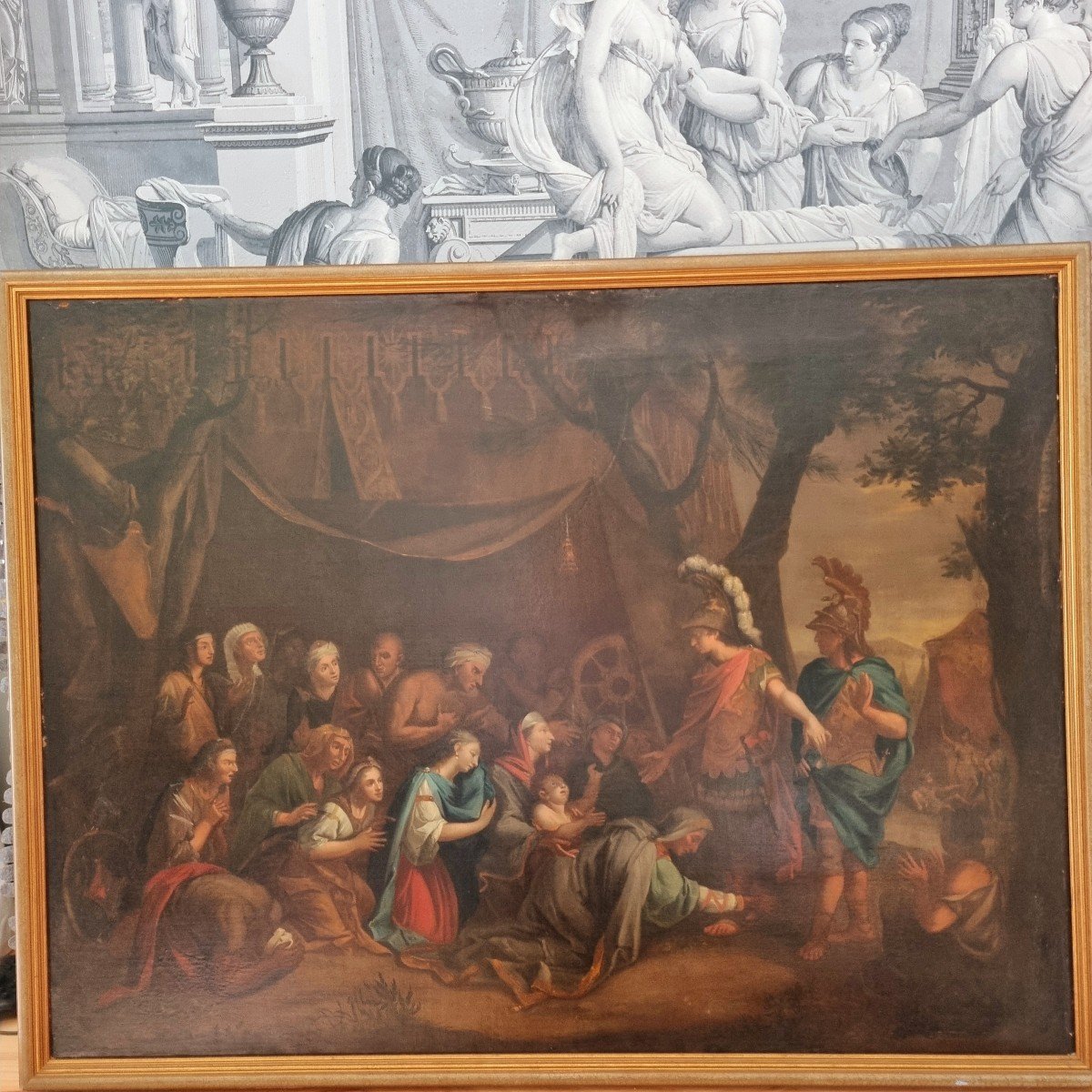
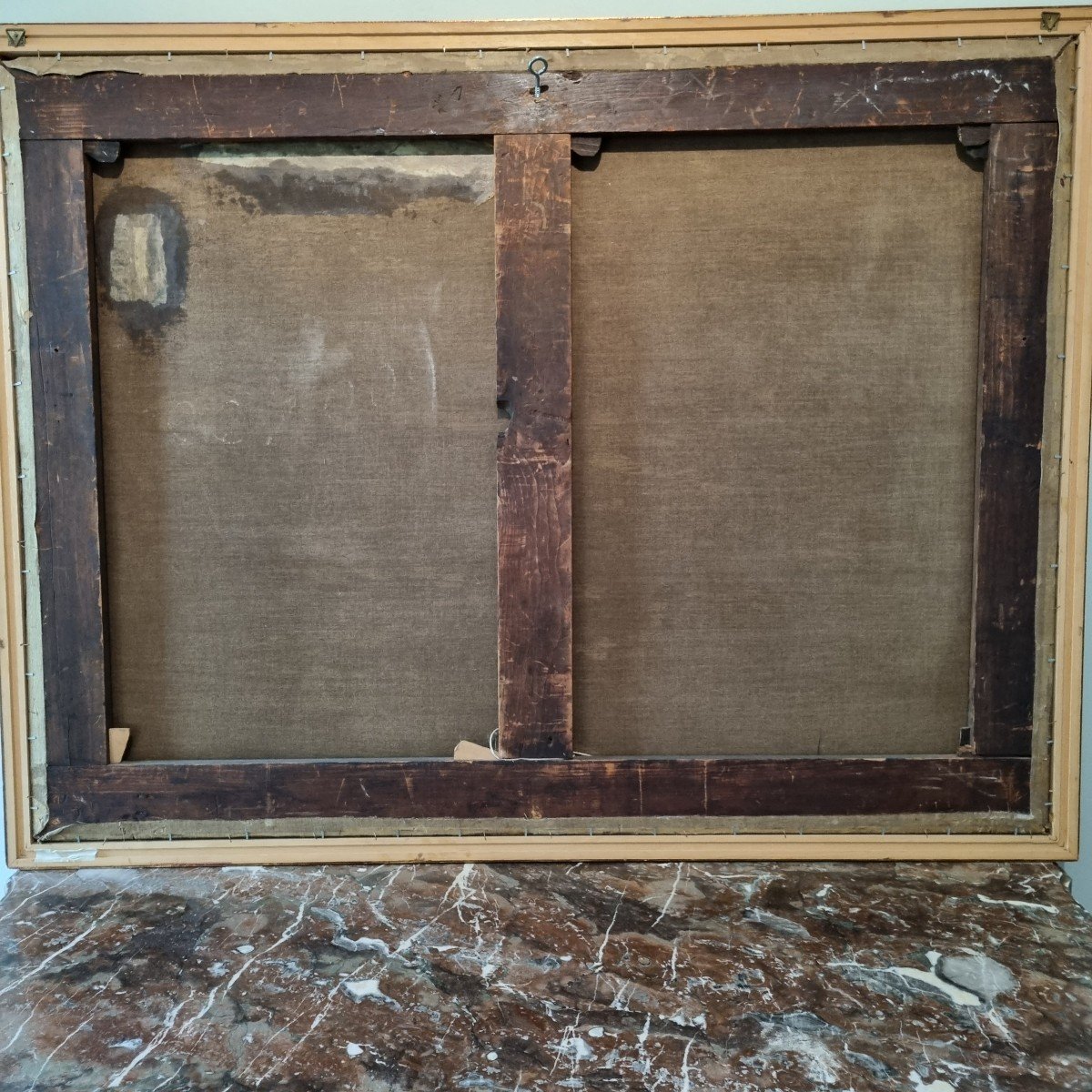
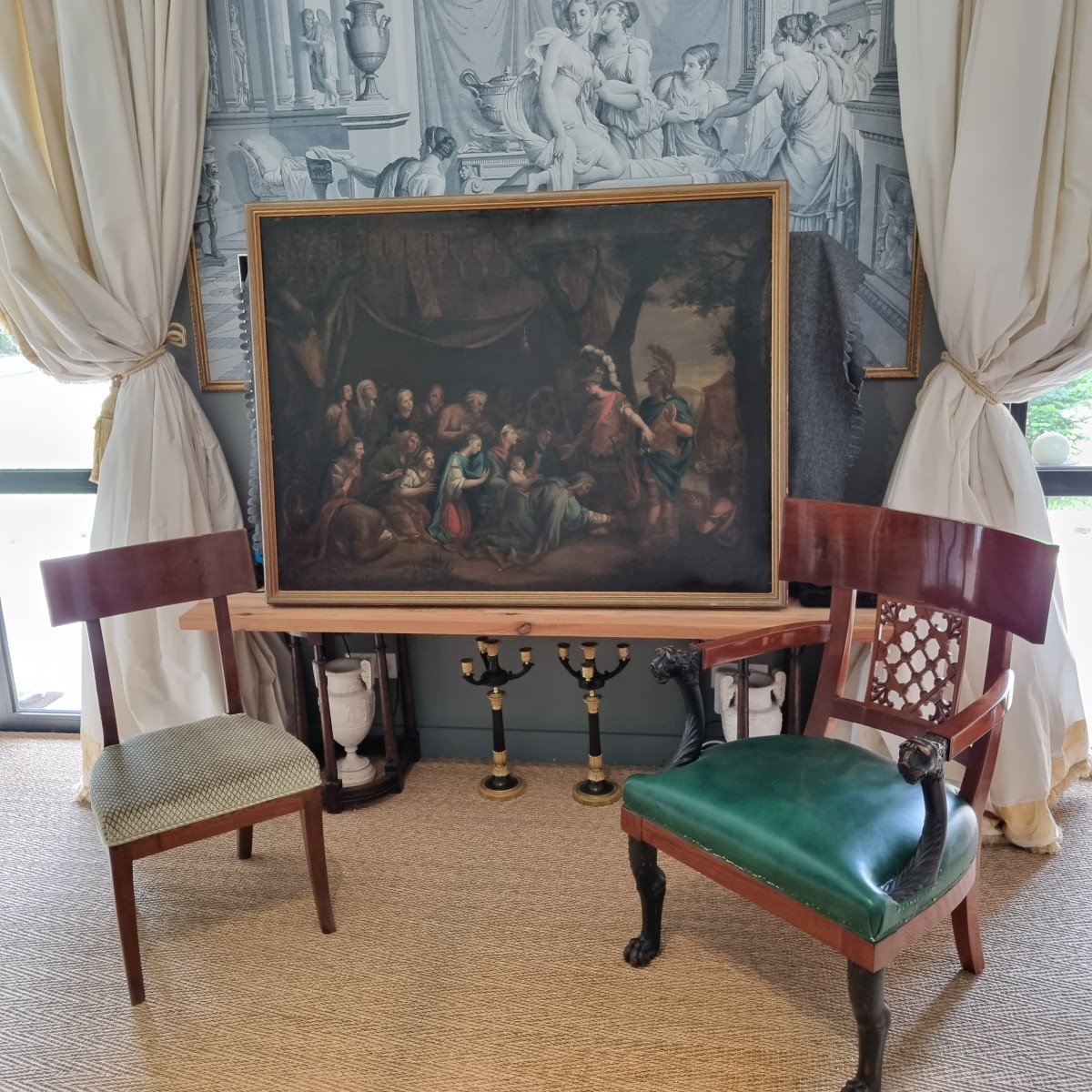
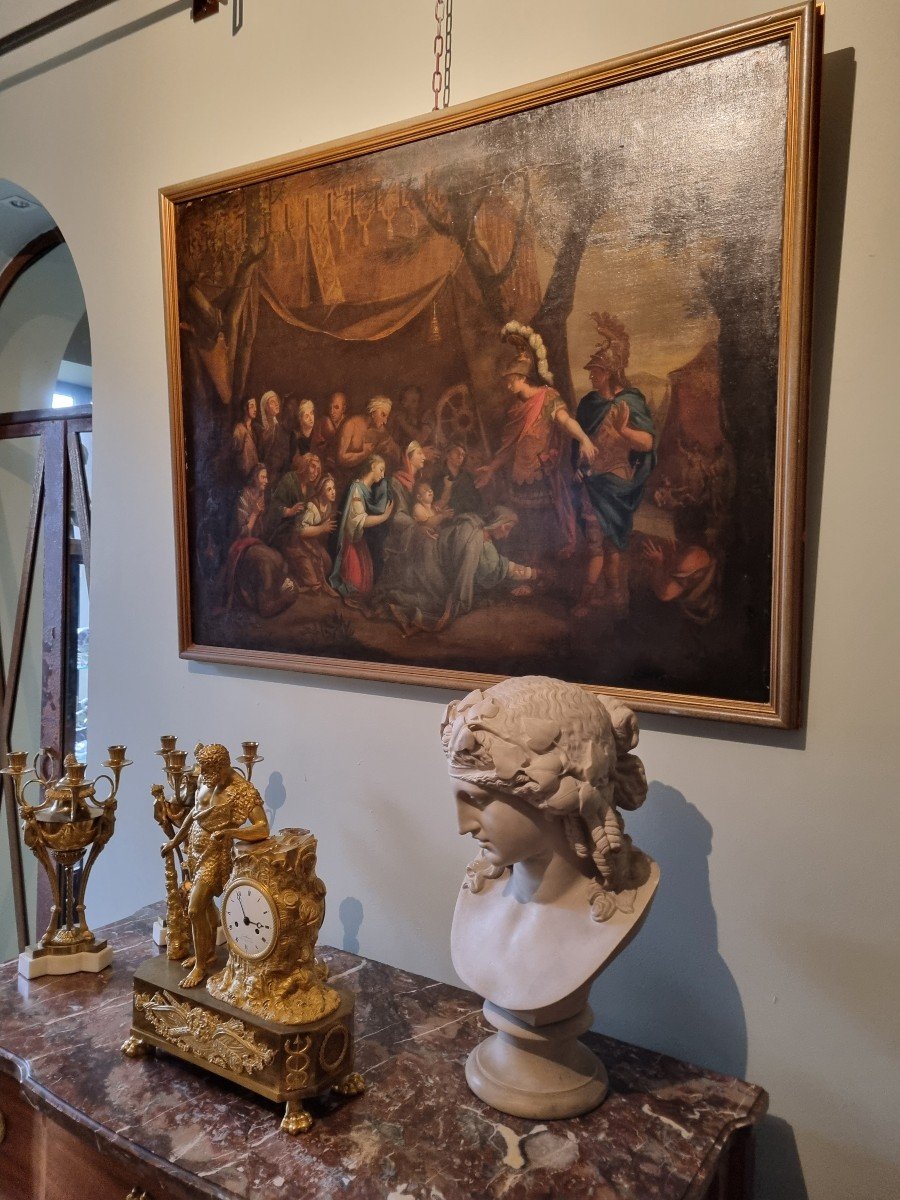





















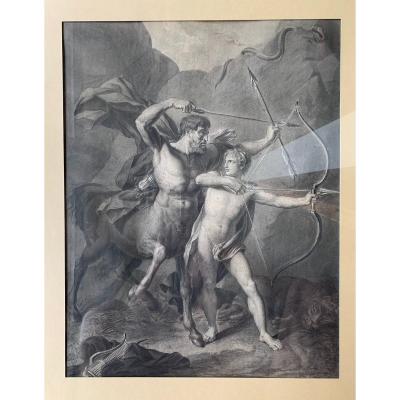
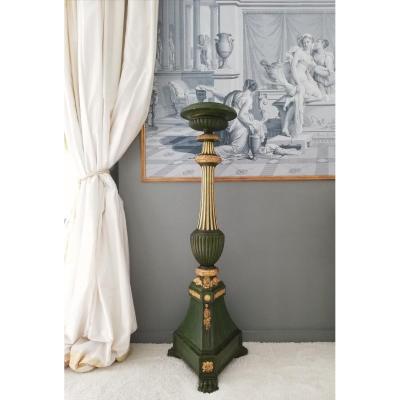







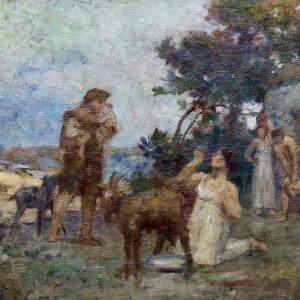
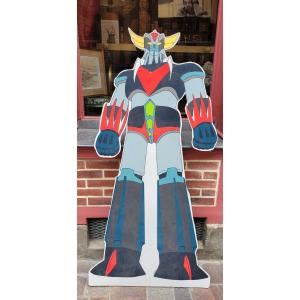
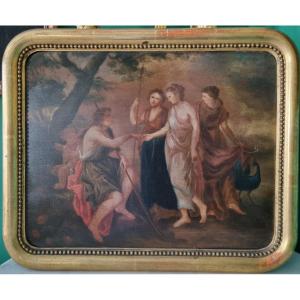
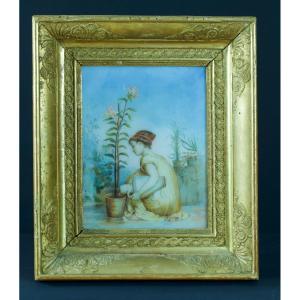



 Le Magazine de PROANTIC
Le Magazine de PROANTIC TRÉSORS Magazine
TRÉSORS Magazine Rivista Artiquariato
Rivista Artiquariato